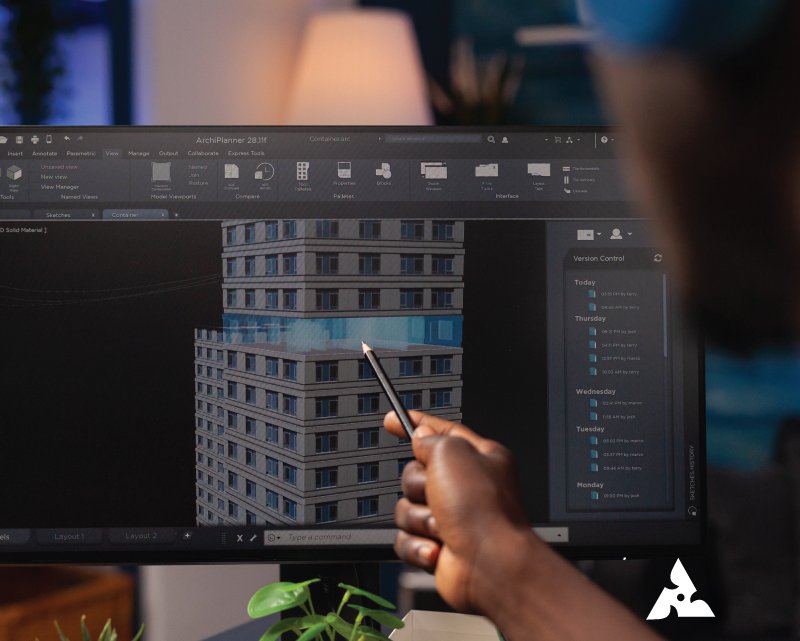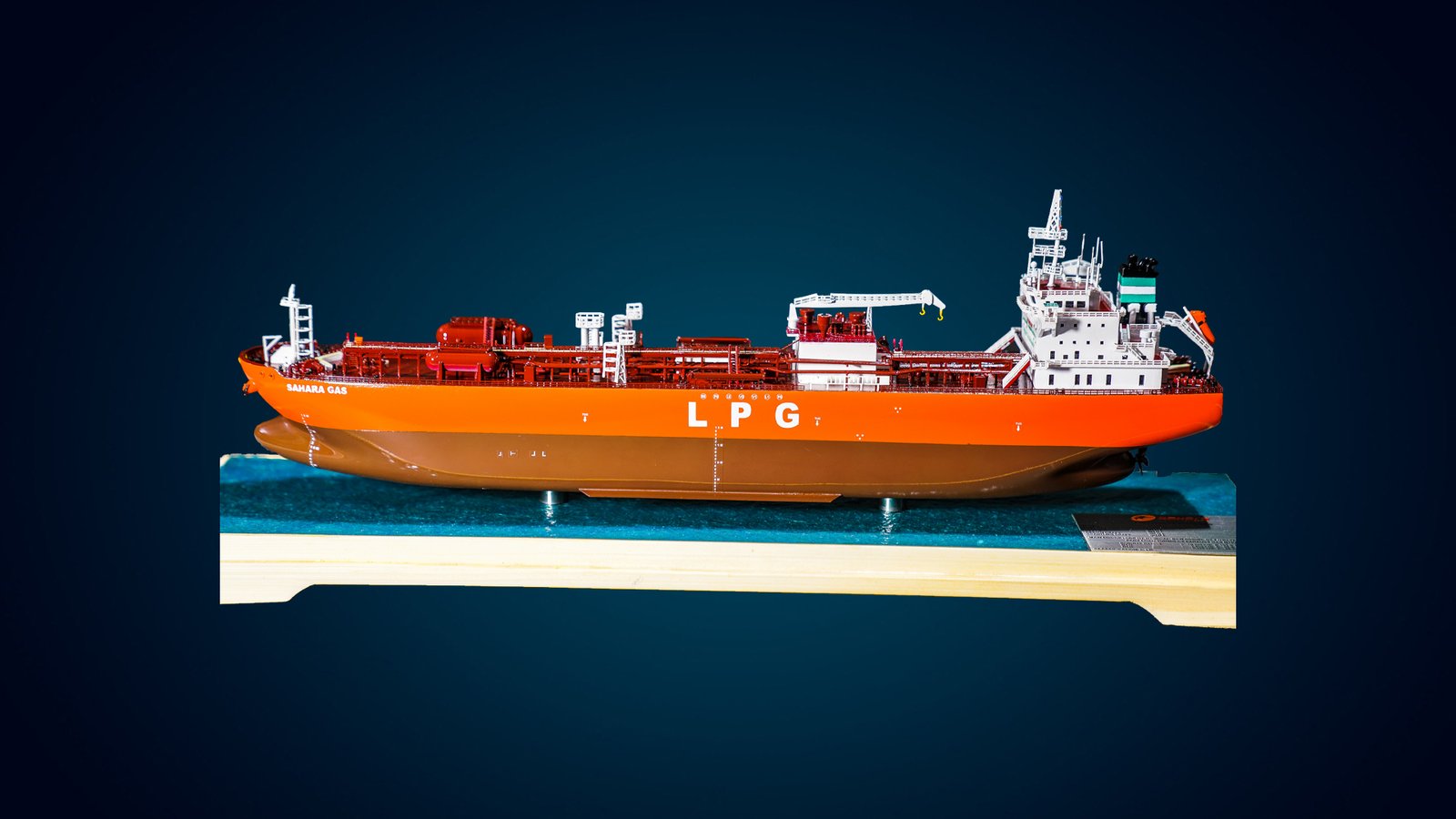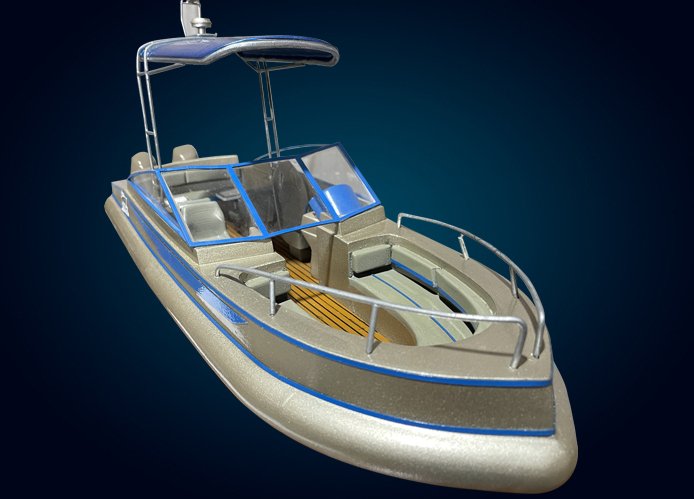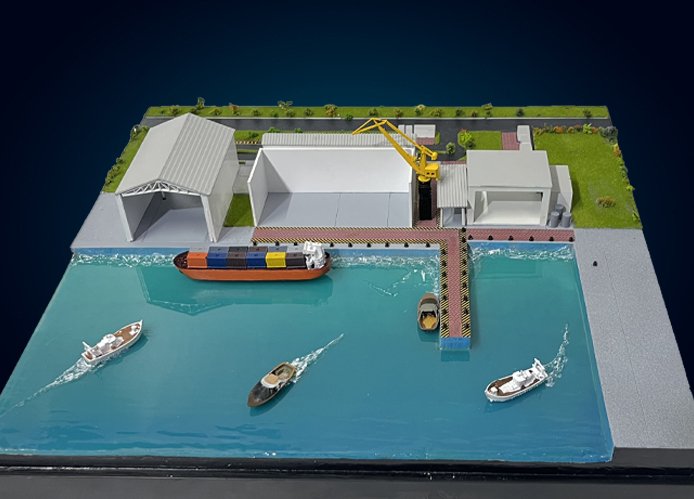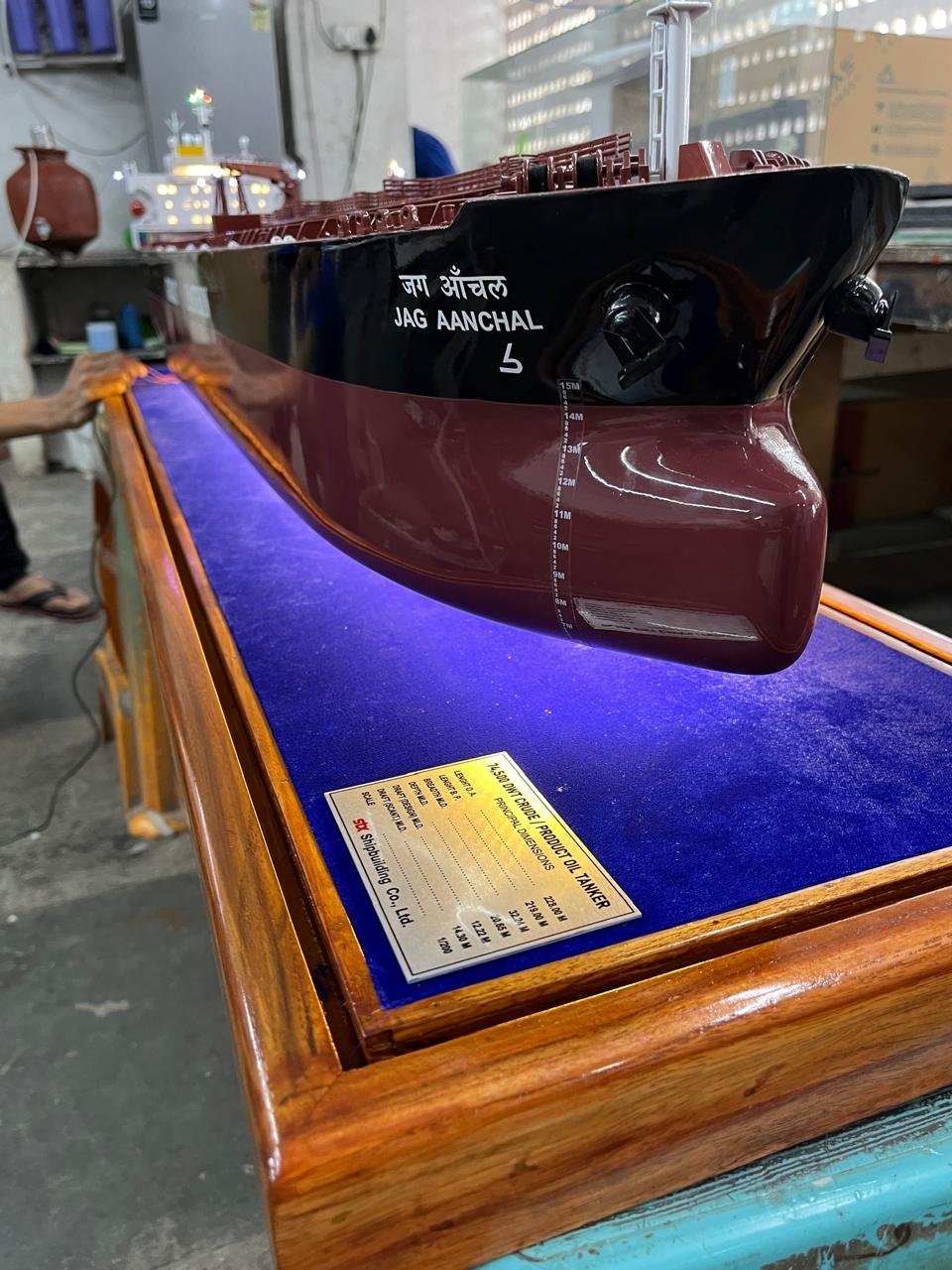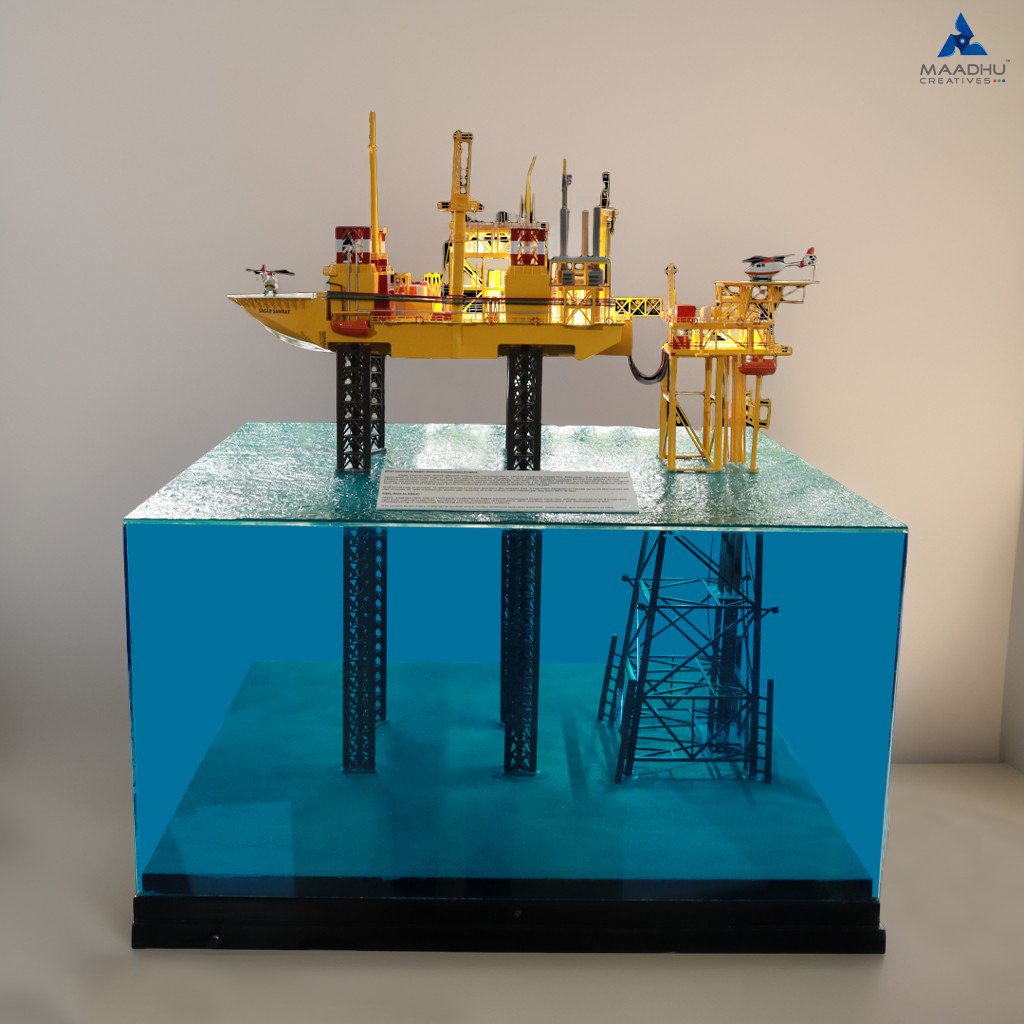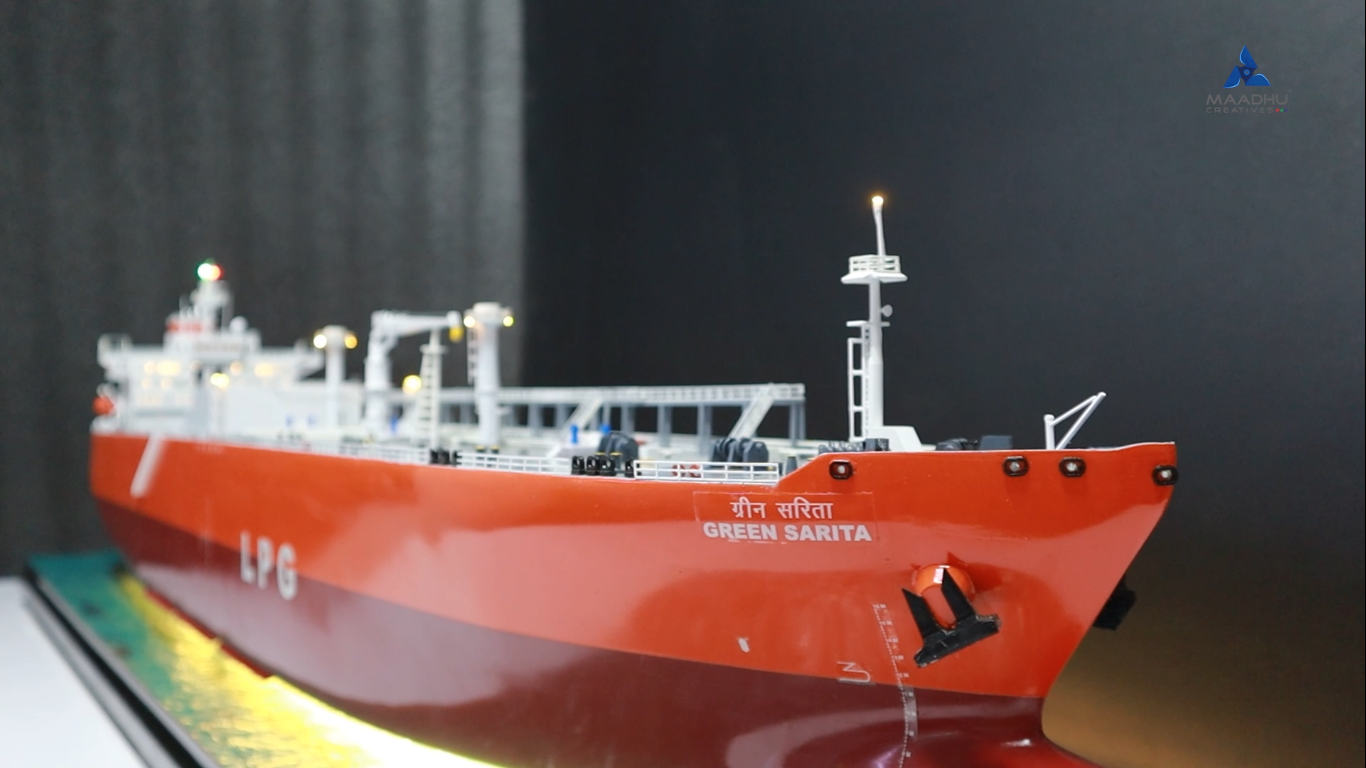Marine Model Making
Marine Model Makers / Maritime Model Makers / Boat Scale Model /
Ship Scale Model / Vessel Scale Model / Miniature Marine Model
Design is where science and art break even.- Mieke Gerritzen
"In the world of marine models, every vessel is a story waiting to be told in the language of craftsmanship and precision."
Marine models or vessel models are computational representations of marine processes, aiding in simulating and understanding interactions in oceans and seas. These tools are crucial in various fields, enabling researchers and policymakers to make informed decisions about marine resource management, environmental conservation, and disaster preparedness.
FAQ's
If this is your first time seeking an marine scale model-making service, you likely have some questions. Read on to learn more!
Ship models are made through several steps:
1. Design and Planning: A detailed plan or blueprint is created, often based on historical blueprints or modern specifications.
2. Material Selection: Materials like wood, plastic, or metal are chosen based on the model’s scale and detail.
3. Hull Construction: The hull is crafted, often starting with a frame or a solid block that is shaped and smoothed. In wooden models, planks are laid over the frame, while in plastic models, the hull is typically molded or assembled from parts.
4. Detailing: Superstructures, decks, and other components are added. This includes painting, adding railings, lifeboats, and other small details.
5. Assembly: The various parts are assembled, ensuring everything fits together accurately.
6. Finishing Touches: The model is painted and weathered to match the desired look, including applying decals and varnishes for realism.
7. Display or Functional Testing: Depending on the model’s purpose, it may be displayed or tested for functionality if it’s a working model.
Each step requires precision and patience to achieve a realistic and accurate representation.
– 1:24: Often used for detailed, larger models.
– 1:48: A popular scale offering a good balance between size and detail.
– 1:72: Provides a more compact model while retaining reasonable detail.
– 1:100: Common for smaller models, especially for larger ships.
– 1:200: Typically used for very large ships or for display purposes.
The choice of scale depends on the level of detail desired and the available space for displaying the model.
1. Identify the Full-Size Ship’s Dimensions: Obtain the real ship’s length, width, and height. This information can usually be found in ship specifications or historical records.
2. Measure the Model’s Dimensions: Use a ruler or caliper to measure the length, width, and height of the model ship.
3. Calculate the Scale: Divide the real ship’s dimensions by the model’s corresponding dimensions to find the scale ratio. For example, if the real ship is 100 meters long and the model is 1 meter long, the scale is 1:100.
4. Verify Scale Consistency: Ensure the scale ratio is consistent across all dimensions (length, width, height) to confirm the model’s accuracy.
By comparing these measurements, you can determine the model’s scale and understand how it relates to the actual ship.
LET'S CONNECT !!!
Contact Maadhu creatives & We’re here to help you grow your business.


